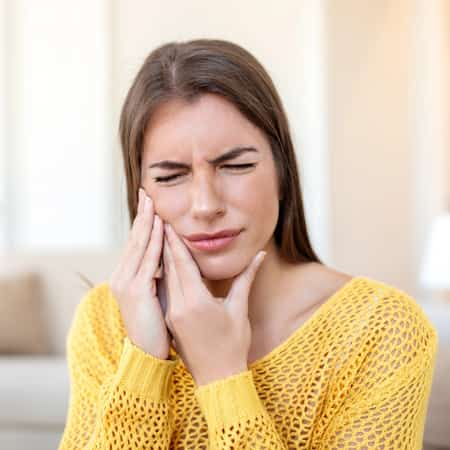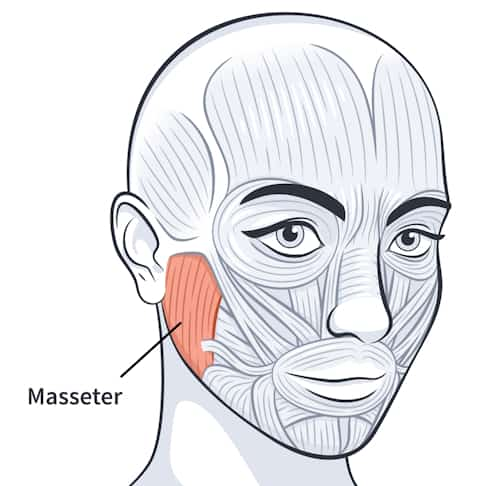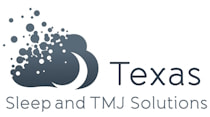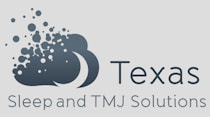TMJ refers to the temporomandibular joint. TMJ disorder is called TMD, short for temporomandibular disorder, but is often just referred to as “TMJ” (more info about TMJ).
If you suffer from jaw or facial pain due to TMJ disorder, Botox treatment may help you.

Isn’t Botox for Wrinkles?
Botox is best known as a cosmetic treatment for wrinkles. But to understand how it can treat TMD, let’s look at what Botox is and how it works.
About Botox
Botox (botulinum toxin type A) is a medical grade neurotoxin that causes a temporary weakening or paralyzing effect on muscles.
It works by blocking the release of acetycholine, a neurotransmitter that triggers muscle contractions.
As a cosmetic treatment, Botox relaxes facial muscles, which can smooth wrinkles.
How Botox Works for TMJ
A common cause of TMD-related pain is overactive jaw muscles. This occurs through excessive clenching or grinding (bruxism).
As a medical treatment, Botox can provide pain relief that is caused by such muscle hyperactivity.
Injecting Botox into certain muscles (e.g. masseter) reduces their ability to contract forcefully. Botox thus decreases muscle spasms and hyperactivity,
In turn, this alleviates tension and strain on the temporomandibular joint. The reduced pressure on the TMJ and surrounding tissues leads to pain relief.
Locations for Botox Injections for TMJ Treatment
There are three main muscles that may be targeted for Botox treatment. Dentists typically inject Botox into the masseter, temporalis, or medial pterygoid muscles.
However, it depends on the particular patient’s symptoms and muscle involvement. Every patient is different. A personalized, targeted approach minimizes discomfort and preserves normal jaw function.
Our specialists are experts at diagnosing and focusing treatment that is tailored to each individual.

Botox FAQs
How quickly does Botox work?
Effects typically begin within 3-7 days, but may take up to two weeks to reach its full effects.
How long does Botox treatment last?
On average, you can expect pain relief to last from three to six months. You may experience the effects start to gradually wear off, and repeat injections may be needed for continued relief.
Are there other benefits to this treatment, in addition to pain relief?
You may also experience reduced headaches associated with TMD. There may be a decrease in teeth grinding, which will protect your dental structures.
Are there any side effects?
Potential side effects include temporary muscle weakness, difficulty chewing, or asymmetry if not injected properly. Serious complications are rare when performed by a qualified professional.
Is Botox the best treatment for TMJ?
Not necessarily. It is most effective for muscle-related TMD pain and may not address joint-specific issues (e.g., arthritis or disc displacement).
There are various ways to treat TMD, and the best option depends on the individual and the particular cause.
A complete diagnosis is essential for determining the best treatment options.
Can any medical professional give Botox injections?
Only dentists trained in Botox administration for TMJ should perform the procedure. This will ensure safety and precision.
Don’t Suffer in Pain!
At Texas Sleep & TMJ Solutions, our practice is focused solely on dealing with Sleep Apnea and TMJ treatment. Some people have overlapping problems with both of these issues, but many only suffer one or the other.
You don’t need to suffer any longer. Our TMJ experts can help.
Contact us for an appointment and get relief today!
Call: 469-712-6865
Or use the contact form


